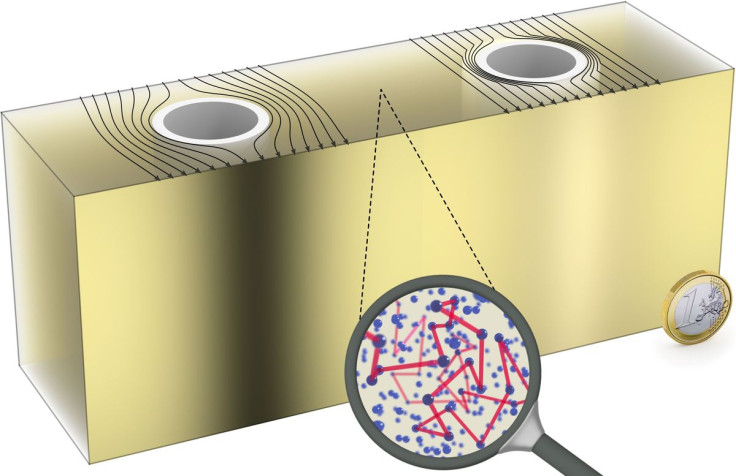Invisibility Cloak May Soon be a Reality, Say German Physicists

Harry Potter's invisible cloak may soon be a reality as physicists from the Karlsruhe Institute of Technology (KIT) in Germany believe they are close to inventing technology that will make objects disappear before the naked eyes.
Though the news will elate Harry Potter fans, German physicists say they have to work a lot to do in order to get this product to perfection.
The 'optical invisibility cloak', they say, can be created by using diffused scattered light which allows the light source to penetrate without disclosing the source. And, they say, they've succeeded in testing an invisibility cloak that works in diffusive light-scattering media, such as fog or milk.
The results of the experiment were published in the journal Science.
"This property of light-scattering media can be exploited to hide objects in it," lead researcher Robert Schittny of the Institute of Applied Physics at KIT said in the journal. "The new invisibility cloaks have a rather simple structure"
At present, the cloak has the ability to hide objects from all angles and colours of visible light in hazy environments but scientist are working on technology to make it work in all kinds of environment.
However, there are certain drawbacks in the invisible cloak innovation, as pointed out by another physicist from KIT, Martin Wegener.
"Ideal optical invisibility cloaks in air have a drawback," Wegener explains.
"They violate Albert Einstein's theory of relativity that prescribes an upper limit for the speed of light. In diffuse media, in which light is scattered several times, however, the effective speed of light is reduced. Here, ideal invisibility cloaks can be realised."
© Copyright IBTimes 2024. All rights reserved.









